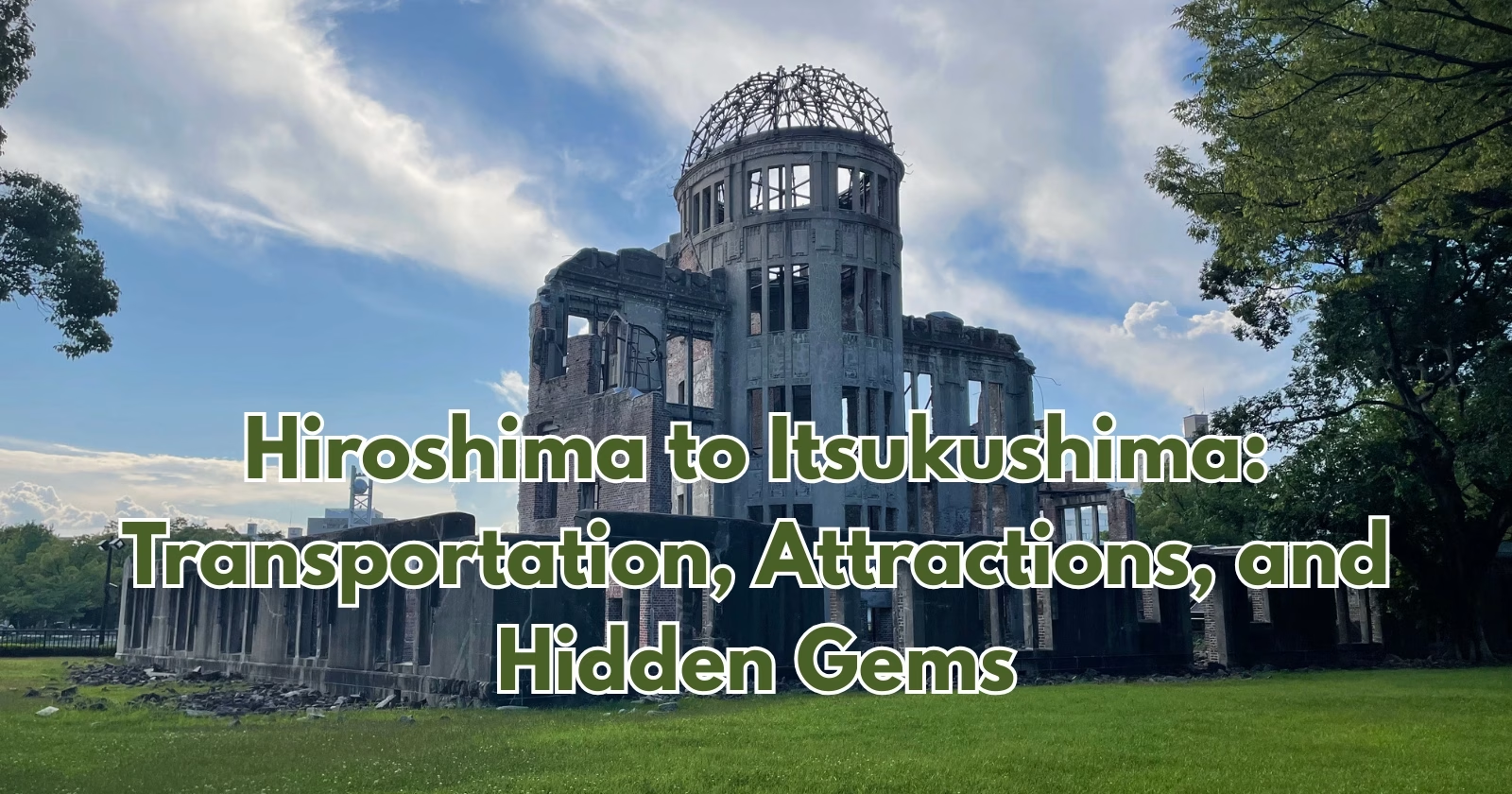
As a wanderer, I’ve learned a thing or two about optimizing travel in Asia. My philosophy? Travel smarter, not just harder. That often means sidestepping the well-trodden paths, especially in a country as popular as Japan. While Tokyo and Osaka offer their undeniable charms, I found myself drawn to the more nuanced stories woven into Japan’s tapestry. Instead of lingering in the bustling metropolises, I decided to dedicate just a night or two before seeking out places with a deeper soul.
If you’re anything like me—an independent traveler, a backpacker, or someone just looking to squeeze maximum experience and value out of your trip—then the journey from Hiroshima to Itsukushima (more commonly known as Miyajima Island) is exactly what you need to master. This isn’t just about getting from A to B; it’s about navigating it with savvy, uncovering authentic experiences, and discovering those hidden gems that most tourists miss.
Hiroshima Exploration and Smart Starts
Your adventure to Itsukushima often begins in Hiroshima, a city that holds profound historical significance but also pulsates with resilient life. For my stay, I chose The Knot Hiroshima, a fantastic choice for any independent traveler. It’s centrally located, offers great amenities, and provides an excellent base for efficient exploration before you head to the island. Its proximity to public transport hubs is a massive advantage, allowing you to hit the ground running the moment you check in.
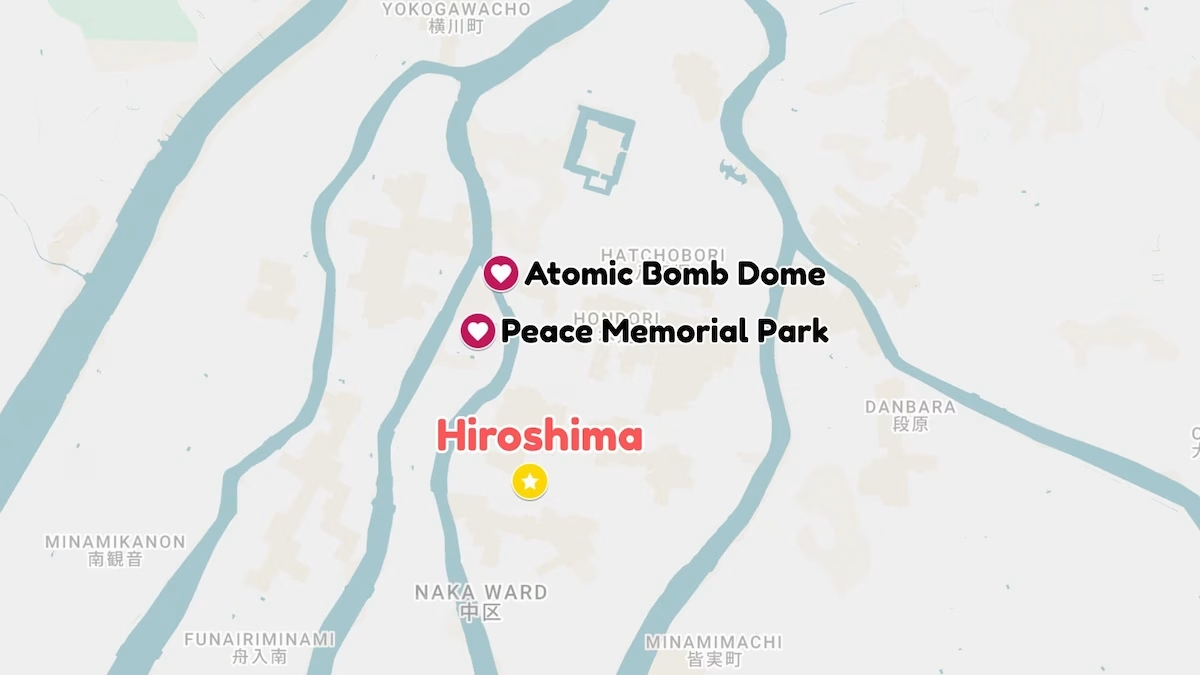
Walking through Hiroshima Peace Memorial Park felt heavy. The heat was noticeable, but the quiet atmosphere was more intense. Reading the inscription on the Cenotaph – “Rest in Peace, for the error shall not be repeated” – while looking towards the A-Bomb Dome really drove home the immense loss. Plaques with survivors’ stories made the history feel real and deeply sad. The park is peaceful now, a clear sign of recovery, but every memorial carries the weight of what happened here.
Then I saw the Atomic Bomb Dome itself, across the river. It’s a ruined building, its metal frame twisted and walls hollowed out, standing starkly against the sky. Getting closer, seeing the exposed structure where floors and rooms should be, was sobering. Knowing it was almost directly under the bomb’s explosion, surviving when nearly everything else was destroyed, is hard to grasp. I stood there quietly for a while, just looking at it with the river flowing calmly beside it. It was hard not to feel emotional imagining the instant destruction.
The Dome is a stark reminder, a witness to that day. Seeing it made the visit deeply moving, a simple act of remembering that left me thinking about peace as I walked back into the rebuilt city.
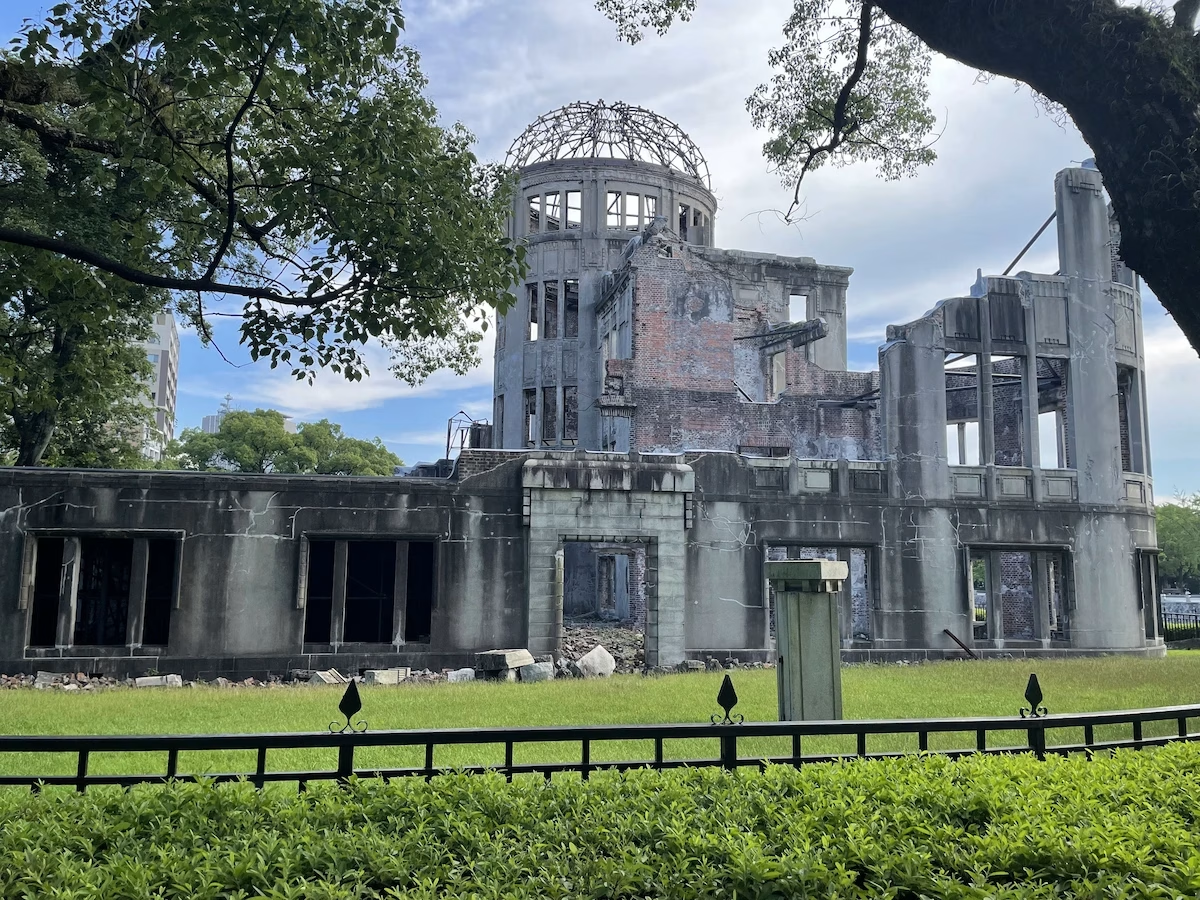
“Perhaps travel cannot prevent bigotry, but by demonstrating that all peoples cry, laugh, eat, worry, and die, it can introduce the idea that if we try and understand each other, we may even become friends.”
Navigating Transportation to Itsukushima
Now, let’s get you efficiently from Hiroshima to Itsukushima. This leg of your journey is straightforward if you know the exact steps and options, ensuring you don’t waste time or money.
Step 1: Hiroshima to Miyajimaguchi Station
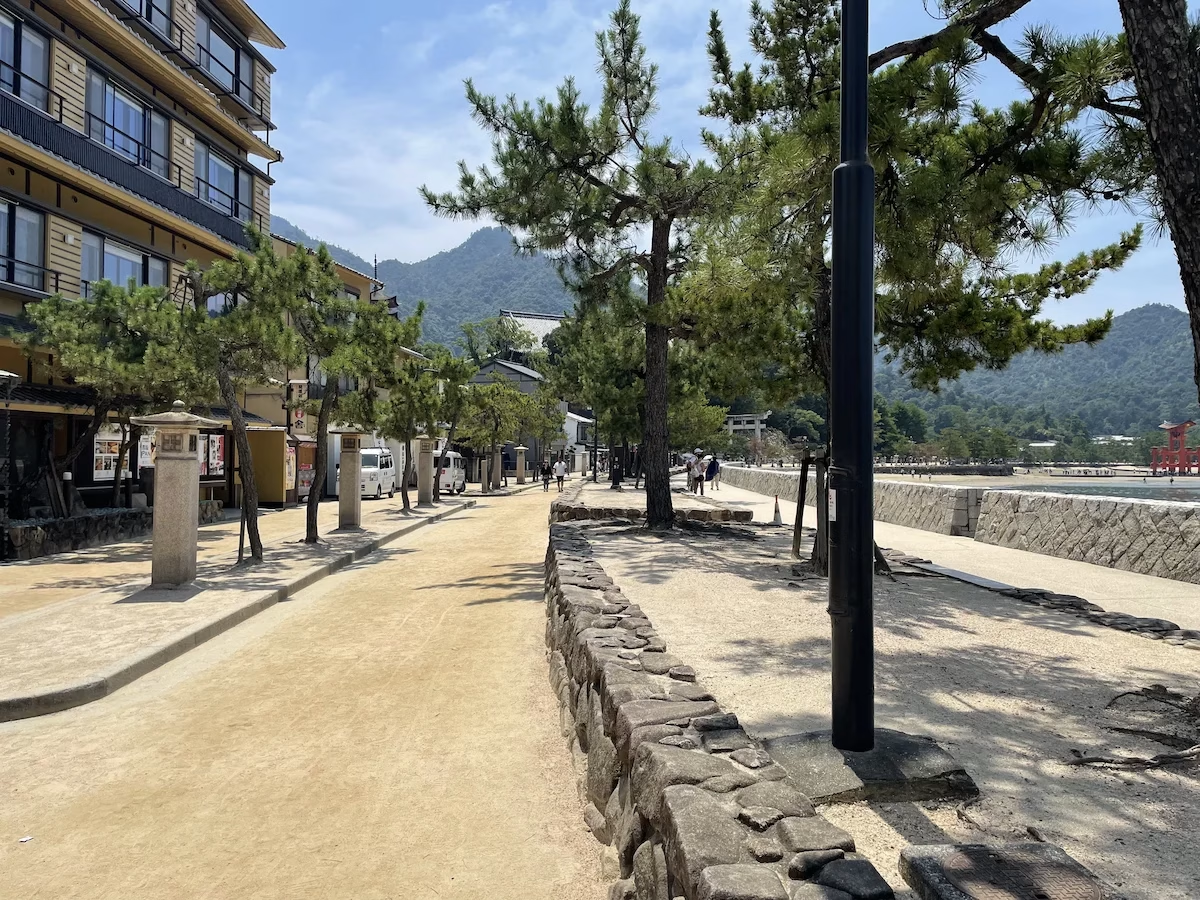
Your first destination is Miyajimaguchi Station, the gateway to Miyajima Island. You have two primary train options:
- JR Sanyo Line (Recommended for JR Pass Holders): If you have a Japan Rail Pass, this is your best and most cost-effective option. From Hiroshima Station, simply board a local or rapid train on the JR Sanyo Line bound for Miyajimaguchi. The journey is quick, typically around 25-30 minutes. It is covered by your pass, making it essentially “free” if you’ve already invested in the pass for broader Japan travel. Even without a JR Pass, this is often the fastest and most convenient train route, costing around 420 JPY (approx. $2.80 USD).
- Hiroshima Electric Railway (Streetcar/Tram): For a more scenic, albeit slower, option, take the tram (Hiroden) from central Hiroshima (e.g., from stops near The Knot or Peace Memorial Park) directly to Miyajimaguchi. Look for tram line No. 2. This journey takes about 70 minutes and costs 280 JPY (approx. $1.90 USD). It’s slightly cheaper option if you’re on a strict budget and want to experience local public transport in a leisurely way. However, for efficiency, the JR train is superior. If you’re wondering about managing costs for other Asian cities, perhaps consider how the Baht trap in Thailand might compare, offering a different perspective on local currency management.
Savvy Tip: When you arrive at Miyajimaguchi Station, pay attention to the signage. The ferry terminals are literally a one-minute walk across the street. Don’t wander off looking for them!
Step 2: Miyajimaguchi to Miyajima Island (Itsukushima) by Ferry
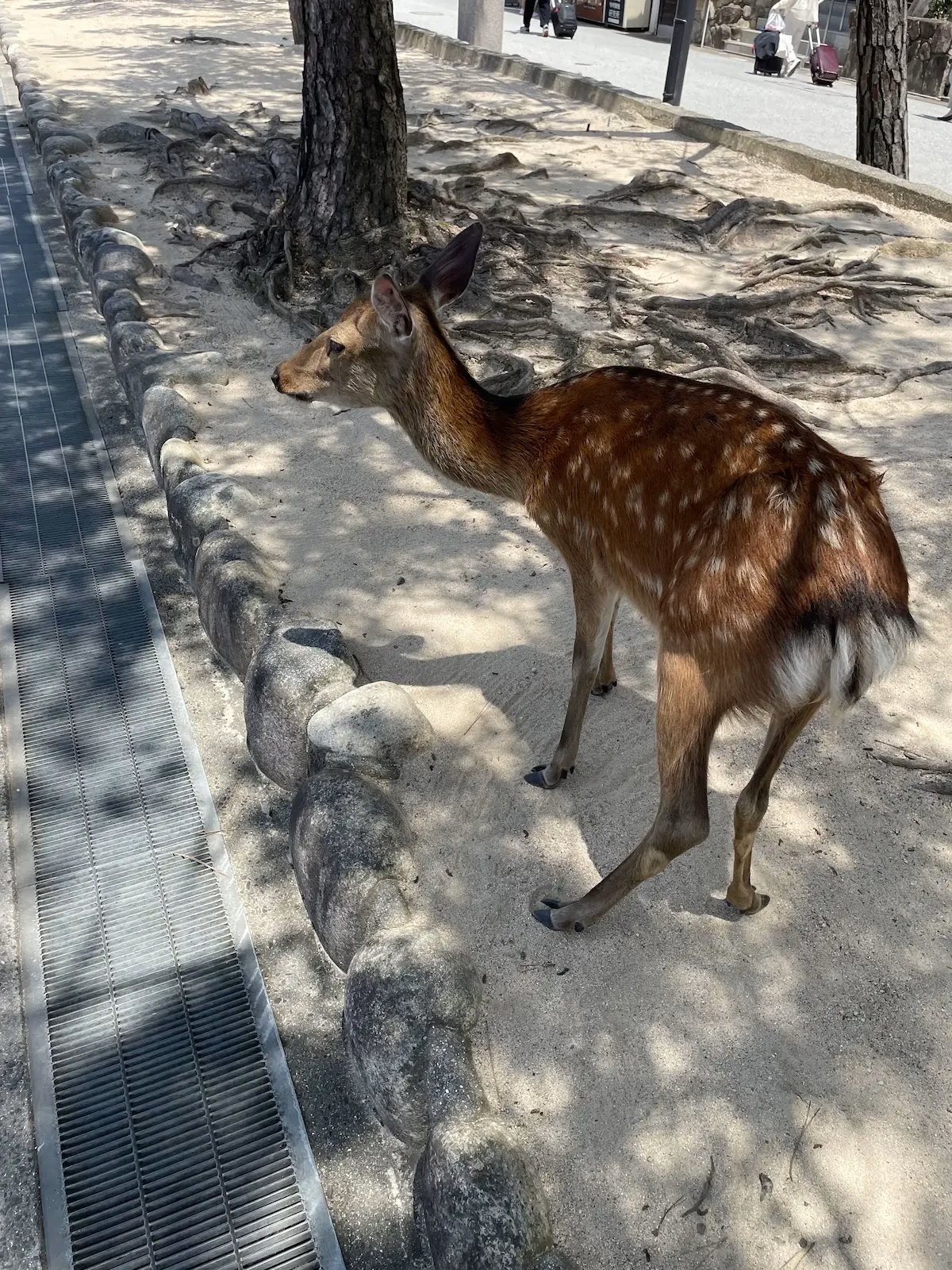
Once at Miyajimaguchi, you’ll transfer to a ferry. Two companies operate routes to Miyajima Island:
- JR Miyajima Ferry (Recommended for JR Pass Holders): This ferry is also covered by your Japan Rail Pass. It departs frequently (every 10-15 minutes) and takes about 10 minutes to reach Miyajima. JR ferry specifically takes a route that swings closer to the Great Torii Gate, offering fantastic photo opportunities from the water, especially at high tide. Even if you don’t have a JR Pass, the fare is only 180 JPY (approx. $1.20 USD) one way, making it an incredibly good value.
- Matsudai Kisen Ferry: This is the other private ferry company. It’s also frequent and takes about the same amount of time, with a similar fare. The main difference? It doesn’t detour for the Torii Gate view. Unless the JR ferry queue is impossibly long, stick with the JR ferry for that added scenic bonus.
Practical Advice: Keep your JR Pass handy if you have one; they’ll scan it before boarding. If you’re paying, have exact change or use an IC card (Suica/Pasmo) for quick boarding. These cards are invaluable for navigating public transport throughout Japan, similar to how local travel cards make moving around Kuala Lumpur in 1 day far easier.
Attractions and Hidden Gems
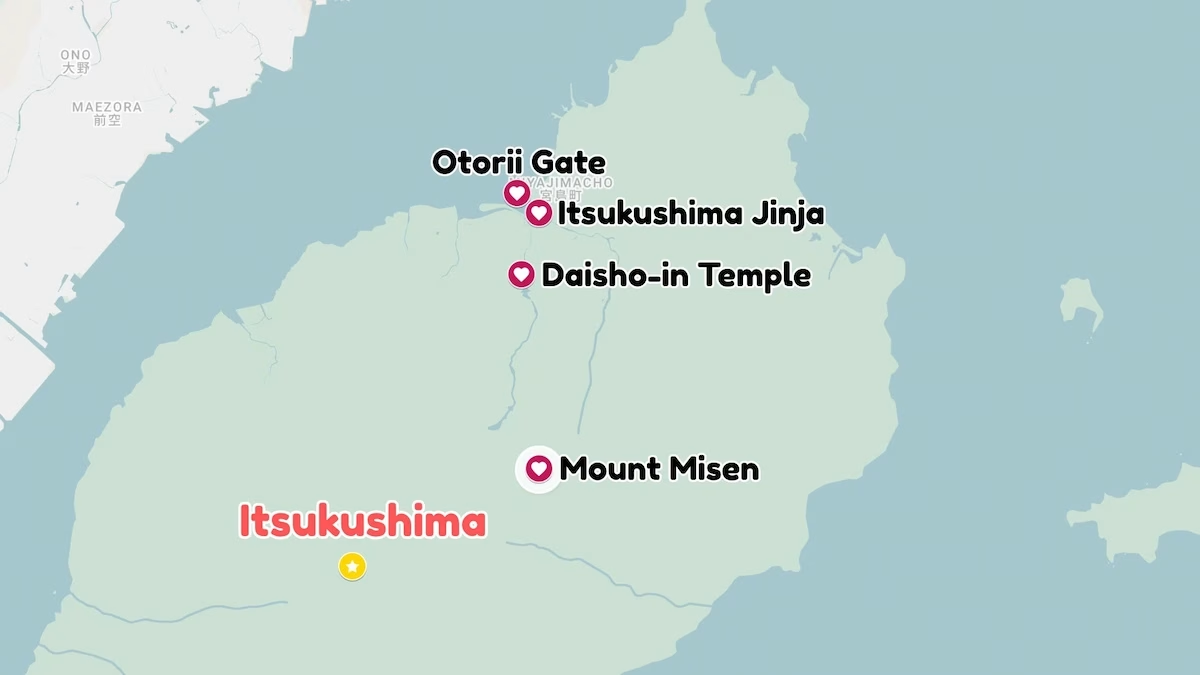
Miyajima is famous for its “floating” Torii Gate and Itsukushima Shrine, and for good reason. But a truly savvy traveler knows there’s more to this island than just the iconic view.
Itsukushima Shrine and the Great Torii Gate
The Great Torii Gate appears to float on the water at high tide and can be walked up to at low tide. This phenomenon is why timing your visit is crucial. Check the Miyajima tide times online before your trip. Seeing the gate in both conditions offers two entirely different, equally mesmerizing experiences.
I recommend trying to arrive early enough to witness one, explore the island, and then catch the other. For instance, if you arrive at high tide, explore the shrine, then explore elsewhere, and return as the tide recedes to walk out to the gate. This flexible approach allows for the best photographic and experiential results.
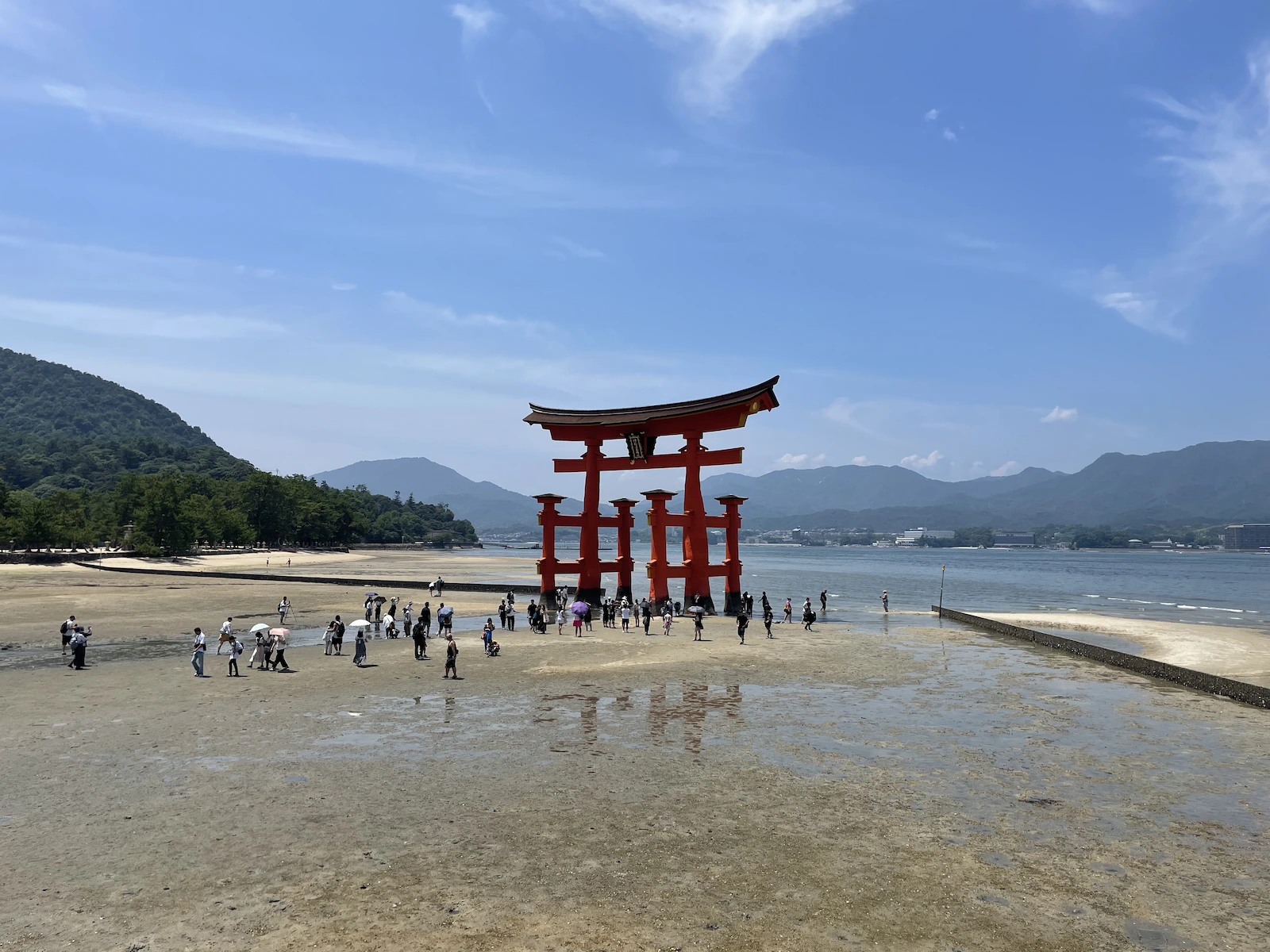
Itsukushima Shrine itself is a UNESCO World Heritage site, built over water. Walk the wooden walkways and take in the unique architectural style. To avoid the peak crowds, aim to visit either right when it opens or later in the afternoon, after most day-trippers have started to depart. Remember to maintain respectful behavior, a crucial aspect of traveling to Japan. Always follow local customs and signage.
Hidden Gems of Miyajima
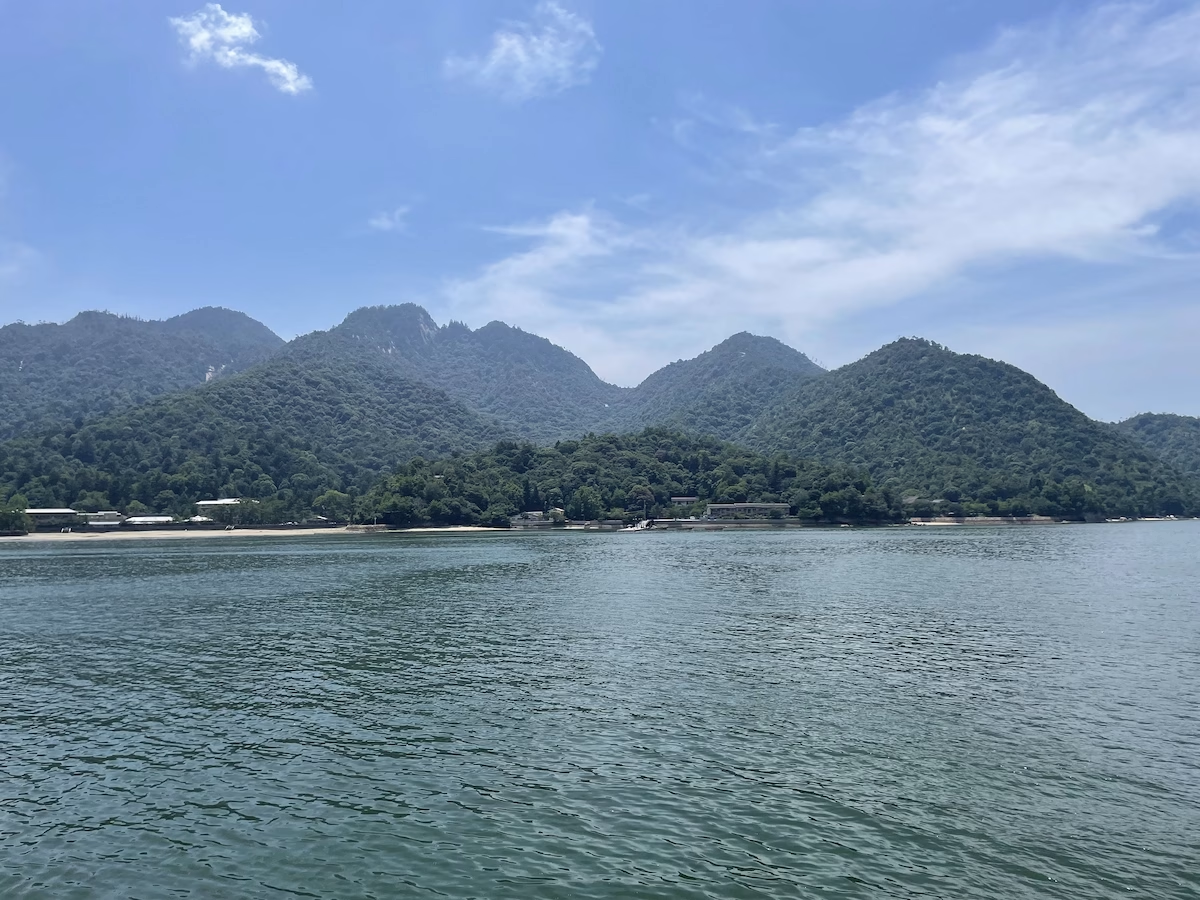
While the shrine and Torii are must-sees, the true magic of Miyajima lies just beyond them. These are the places that offer tranquility and a deeper connection to the island’s spiritual essence:
- Daisho-in Temple: This is, without a doubt, Miyajima’s most underrated gem. Located at the base of Mt. Misen, just a short walk up a hill from the main tourist area, Daisho-in is a sprawling, multi-temple complex with incredible diversity. You’ll find hundreds of unique Buddha and Jizo statues, spinning prayer wheels, a sand mandala consecrated by the Dalai Lama, and stunning autumn foliage if you visit at the right time. Give yourself at least an hour, if not more, to wander and get lost among its many halls and pathways. It’s a place where you can genuinely feel the island’s ancient soul.
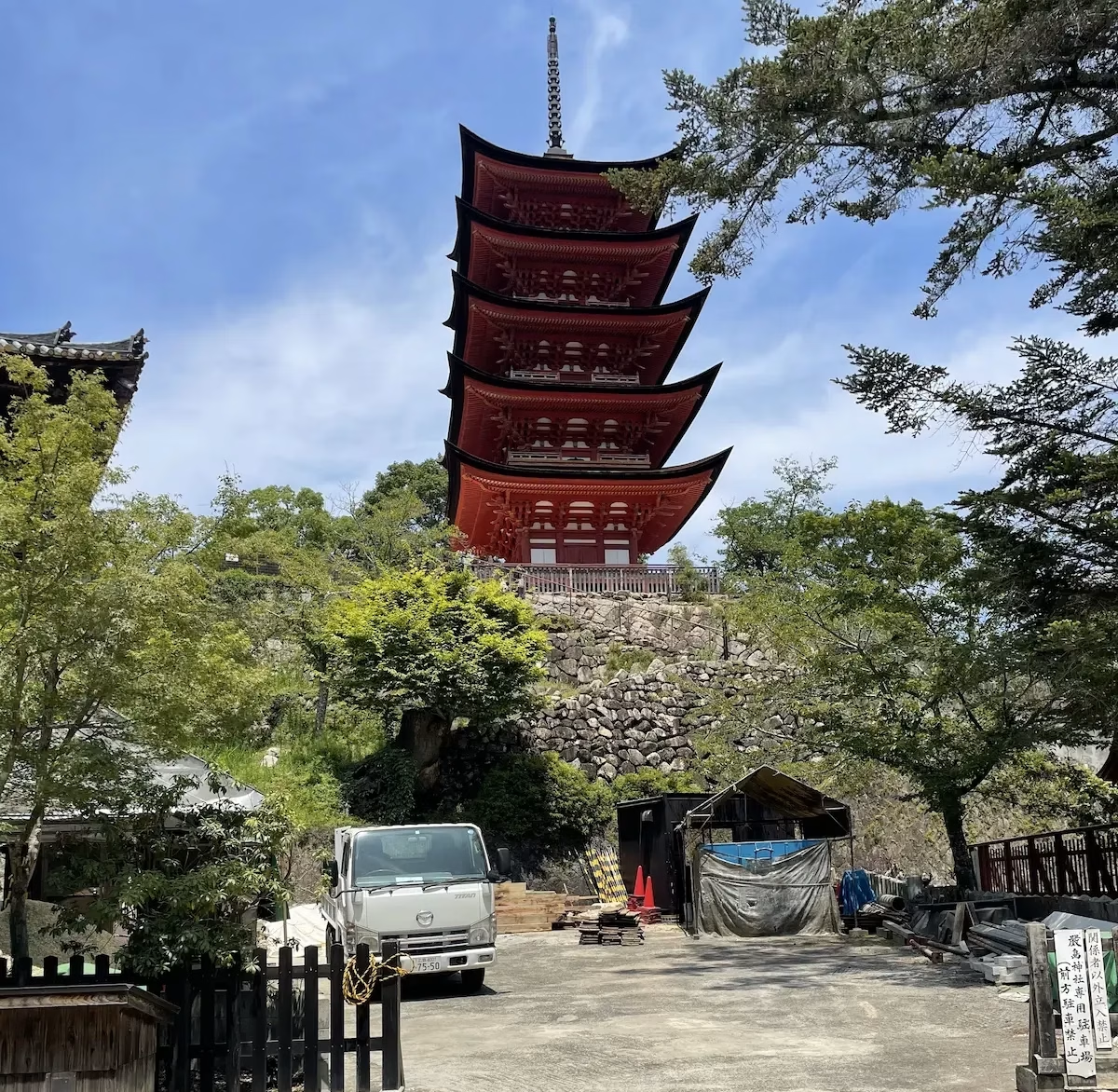
Daisho-in Temple - Mount Misen: For the adventurous traveler, ascending Mount Misen is highly recommended. You can take a ropeway (cable car) up most of the way, or hike one of the three trails (Momijidani, Daisho-in, or Omoto) if you’re feeling energetic. Once at the top, breathtaking panoramic views of the Seto Inland Sea await. Don’t miss the Reikado Hall (Eternal Flame Hall), where a sacred flame has supposedly burned for over 1200 years. If you choose to hike, wear appropriate footwear – some paths can be steep.
- Oyster Shacks (Seasonal): Miyajima is famous for its oysters! While not a “hidden” gem in the traditional sense, many tourists stick to the main street. Venture slightly off the main thoroughfare, especially near the ferry terminal or along the quieter back alleys, and you might find smaller, local oyster shacks offering incredibly fresh, grilled oysters at fantastic prices. This is less about finding a secret spot and more about embracing a local delicacy in an authentic, unpretentious setting.
Final Takeaway
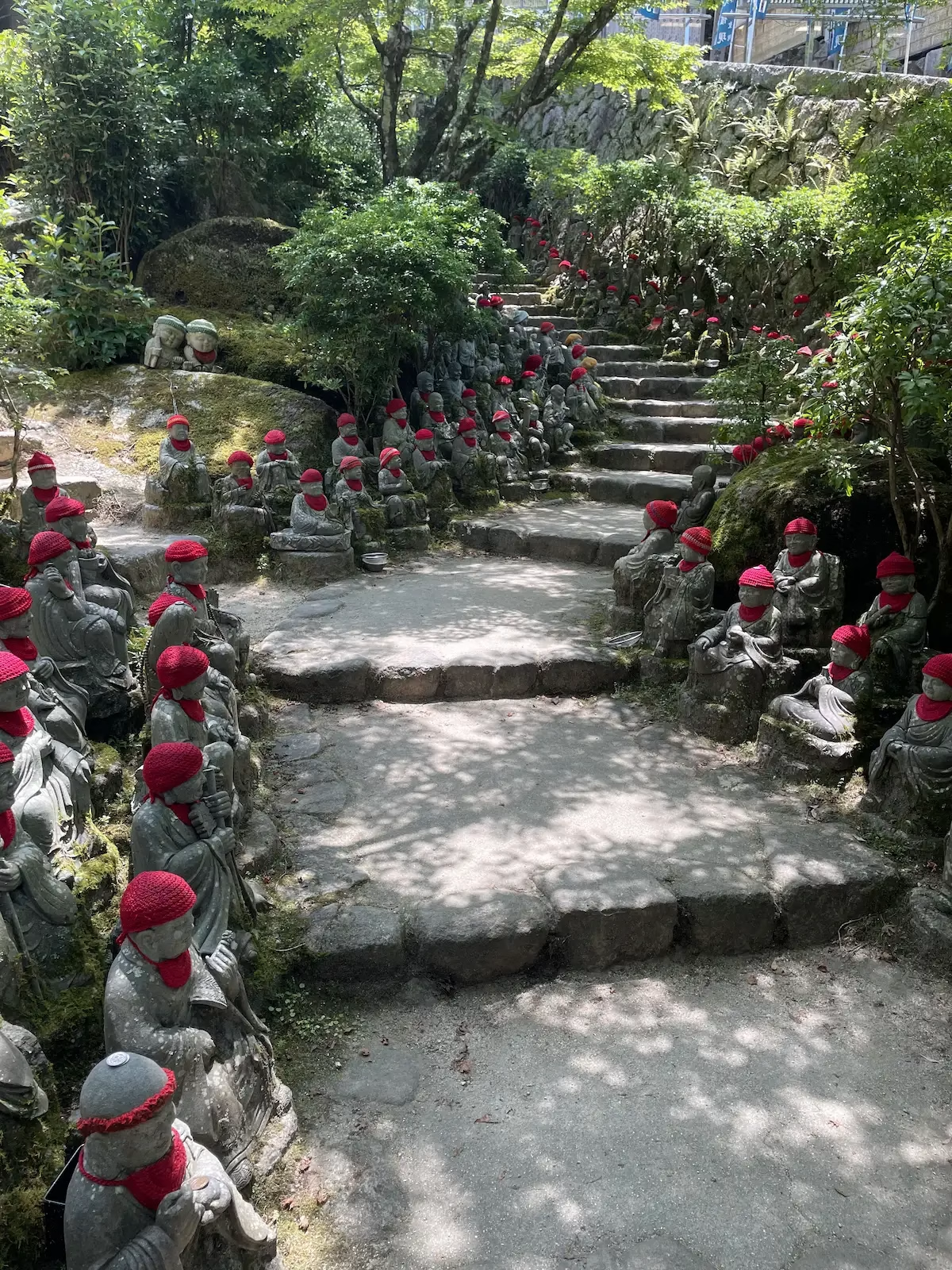
Mastering the journey from Hiroshima to Itsukushima isn’t just about efficient transportation; it’s about transforming a popular day trip into a profound cultural immersion. Remember these key takeaways: strategically plan your Hiroshima explorations, prioritize the JR lines for seamless travel if you have a Japan Rail Pass (and for the Torii Gate ferry view!), and most importantly, dedicate time to Itsukushima’s hidden gems like the spiritual Daisho-in Temple and the panoramic views from Mt. Misen.
By understanding tide times and seeking out local experiences, you elevate your trip from mere sightseeing to genuine discovery.
You now possess the insider knowledge to navigate this incredible journey like a seasoned local. No more wondering about the best route, no more missing out on the island’s quieter beauty. With these actionable strategies, you’re empowered to make smarter decisions on the road, ensuring your visit to Hiroshima and Itsukushima is not just memorable, but truly optimized for a fantastic, authentic experience.







